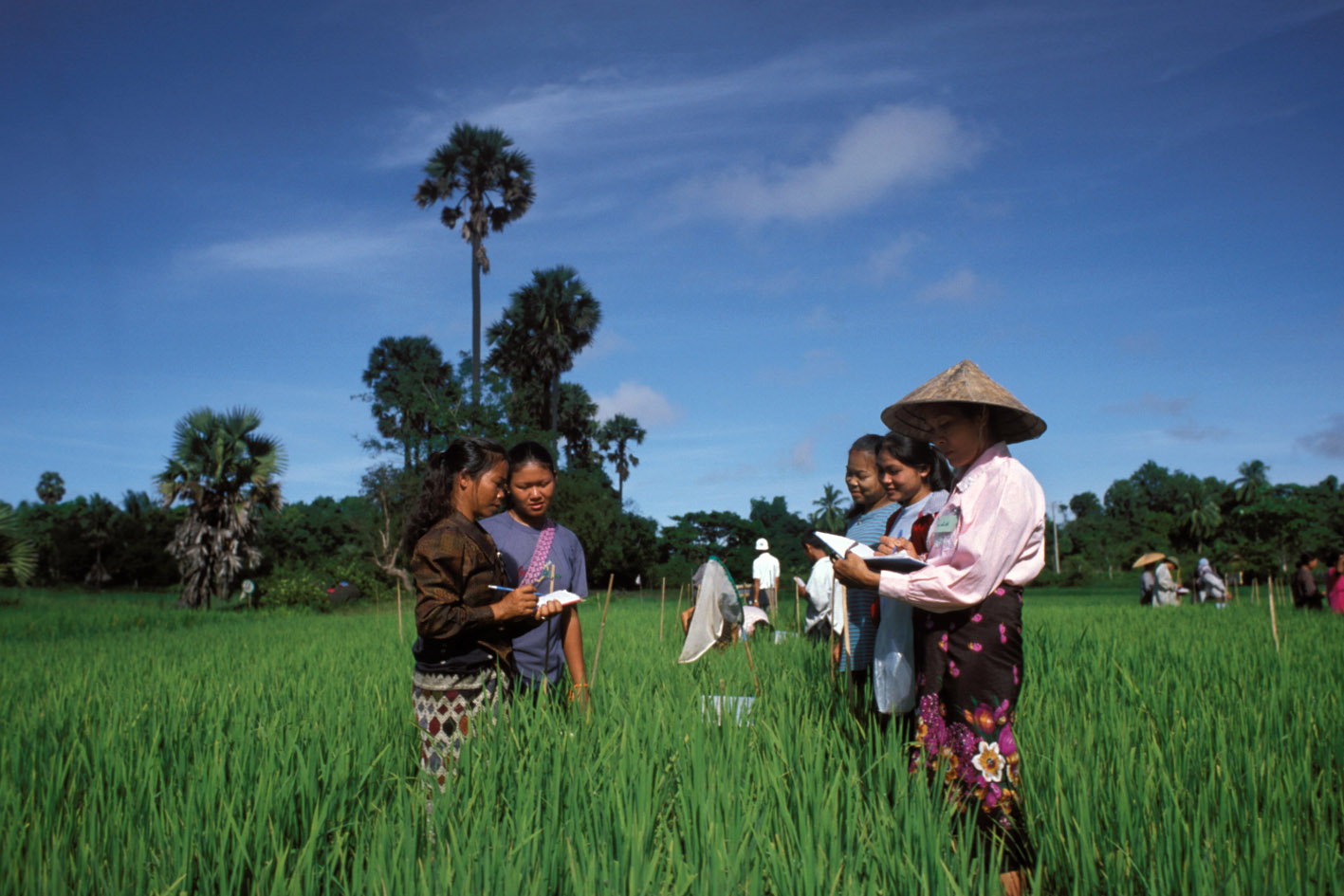Essential Need Assessment 2019
Senegal, 2019
Get MicrodataIdentification
SEN_2019_ENA_v01_EN_M_v01_A_OCS
Essential Need Assessment 2019
| Name | Country code |
|---|---|
| Senegal | SEN |
Other Household Survey [hh/oth]
The context: The food crises following the poor agricultural seasons of 2011/2012, 2014/2015 and 2017/2018 are perfect illustrations. The recurrence of climatic shocks accentuates the vulnerability of the populations, particularly those in the North, who are the most exposed because they are at the heart of the Sahelian strip. In addition to the northern departments, some departments in the east and south also show recurrent vulnerability, especially with the climatic disruptions observed in recent years, which could considerably affect the standard of living of households in these areas. These are essentially the departments of Bambey, Gossas, Koungheul, Salémata, Medina Yoro Foulah, Linguère, Kanel, Matam, Ranérou, Podor, Sédhiou, Goudiry, Koumpentoum and Tambacounda, located in the regions of Diourbel, Fatick, Kaffrine, Kédougou, Kolda, Louga, Matam, Saint-Louis, Sédhiou and Tambacounda
The universe: The survey covers rural areas in 14 departments of Senegal.
Objectives: The aim of this survey is to determine the needs of different groups of households in order to assess the value of the minimum expenditure basket for multi-sectoral cash transfers to households. More specifically, this involves
- determining the socio-economic profile of households
- determining the monetary and non-monetary needs of households in the different sectors selected
- determining the sources of income and the amounts generated by these sources
- determining the contributions of households' own income to the minimum expenditure basket,
- determining the value of the minimum expenditure basket,
- Support the targeting of multi-sectoral interventions by identifying economically vulnerable people,
- Support decisions on the values of transfer amounts by identifying gaps for food and non-food needs, including support to multi-sectoral coordination (government, partners and donors),
- inform the scope of a thorough analysis of the supply of key goods and services, which will inform the appropriate modality for the sectors to be covered by the intervention,
- Establish a baseline for monitoring food security and poverty outcomes by analysing expenditure trends against the minimum expenditure basket (MEB).
Themes: Household livelihoods and economic vulnerability analysis, food consumption, shocks and coping strategies, prevalence of food insecurity and gender and food security.
Indicators: Economic capacity to meet basic needs (ECMEN1), livelihoods and coping strategies (LCS2), multi-dimensional derivation index (MDDI3), debt, felt needs (based on HESPER). These indicators complement the food security indicators: food consumption score, dietary diversity score, reduced coping strategies index and livelihoods-based coping strategies.
Sample survey data [ssd]
Households
Scope
The scope for the survey includes:
- Household tenure and housing situation
- Access to electricity and household energy 3.
- Access to drinking water and sanitation by department
- Household assets and non-monetary wealth index
- Income, debt and expenditure
- Sources of household income
- Valuation of LUs
- Expenditure structure
- Debt and credit purchases
- Market conditions
- Food availability and access to markets
- Price trend analysis
- Household food consumption
- Food consumption score
- Food diversity and household diet
- Source of food consumed
- Shocks and coping strategies
- Shocks experienced by households
- Livelihoods-based coping strategies
- Prevalence of food insecurity
- Prevalence of household food insecurity
- Food insecure populations
- Gender and household food security
Coverage
National Coverage: 14 districts covered
The survey covers the entire population of rural Senegal.
Producers and sponsors
| Name | Affiliation |
|---|---|
| World Food Program | United Nations |
| Name | Role |
|---|---|
| World Bank | Financial Assistance |
Sampling
The sample was chosen in such a way that the results of the survey would be representative of the selected departments. Thus, strata will be constituted. The survey of local populations is based on a two-stage sampling.
In the first stage, villages will be drawn with unequal probability to the number of households in the villages. The sample size will be calculated using a formula (see Note on sampling).
98%
Not available.
Data collection
| Start | End |
|---|---|
| 2019-11-18 | 2019-12-06 |
| Name | Affiliation |
|---|---|
| World Food Programme | UN |
For this survey, there were 99 interviewers divided into 14 teams who worked under the supervision of 16 supervisors. The information was collected with the help of smartphones, in person.
Data processing
Location software was installed on the phones to be sure of the location of the survey area.
Data Access
| Name | Affiliation | URL |
|---|---|---|
| World Food Programme | NU | www.wfp.org |
| Is signing of a confidentiality declaration required? | Confidentiality declaration text |
|---|---|
| yes | See http://anads.ansd.sn/index.php/politique-acces. |
Contacts
| Name | Affiliation | URL | |
|---|---|---|---|
| Vulnerability Analysis and Mapping Unit | World Food Program | [email protected] | www.wfp.org |
Metadata production
DDI_SEN_2019_ENA_v01_EN_M_v01_A_OCS_FAO
| Name | Affiliation | Role |
|---|---|---|
| World Food Program | United Nations | Metadata producer |
| Office of Chief Statistican | Food and Agriculture Organization | Adoption of metadata for FAM |
Metadata version
SEN_2019_ENA_v01_EN_M_v01_A_OCS
